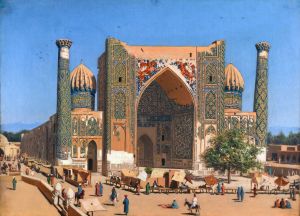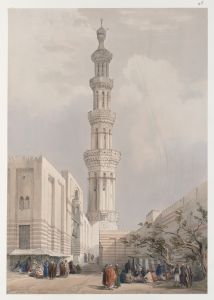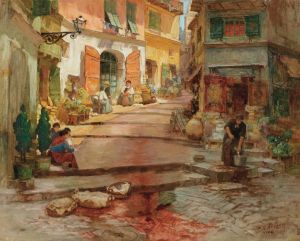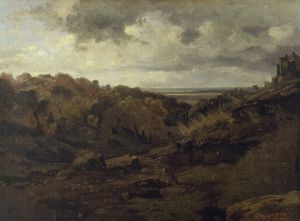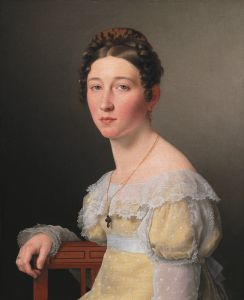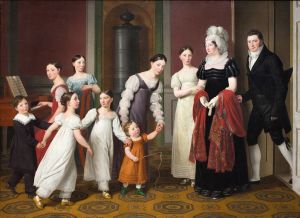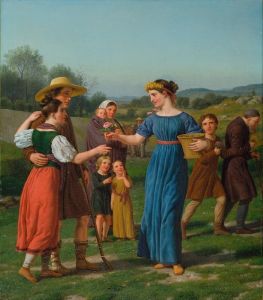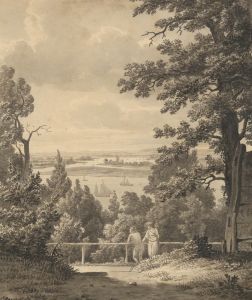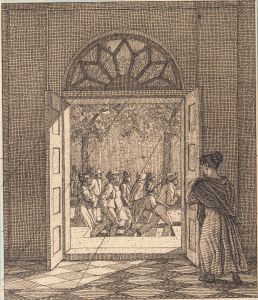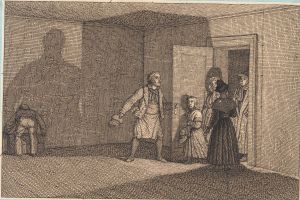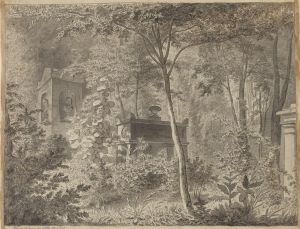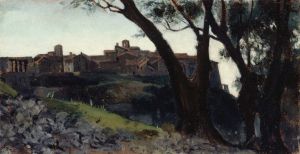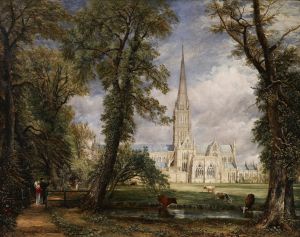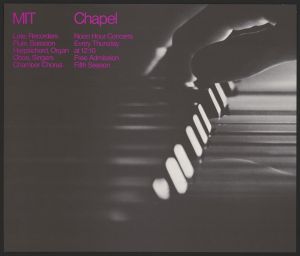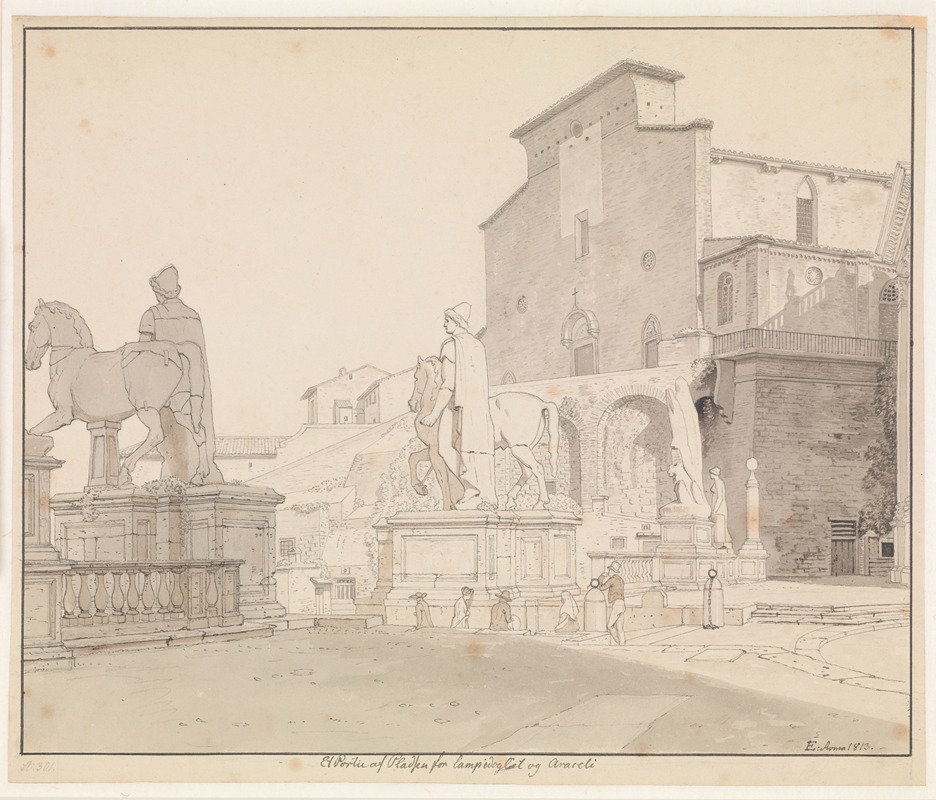
Et parti af Piazza del Campidoglio set mod balustraden med Dioskurerne og kirken S Maria in Aracoeli
A hand-painted replica of Christoffer Wilhelm Eckersberg’s masterpiece Et parti af Piazza del Campidoglio set mod balustraden med Dioskurerne og kirken S Maria in Aracoeli, meticulously crafted by professional artists to capture the true essence of the original. Each piece is created with museum-quality canvas and rare mineral pigments, carefully painted by experienced artists with delicate brushstrokes and rich, layered colors to perfectly recreate the texture of the original artwork. Unlike machine-printed reproductions, this hand-painted version brings the painting to life, infused with the artist’s emotions and skill in every stroke. Whether for personal collection or home decoration, it instantly elevates the artistic atmosphere of any space.
Christoffer Wilhelm Eckersberg, often referred to as the "father of Danish painting," created the artwork titled Et parti af Piazza del Campidoglio set mod balustraden med Dioskurerne og kirken S. Maria in Aracoeli during his time in Rome. This painting, whose title translates to "A View of the Piazza del Campidoglio Facing the Balustrade with the Dioscuri and the Church of S. Maria in Aracoeli," is a fine example of Eckersberg's dedication to precise observation and his ability to capture architectural and spatial details with clarity.
The painting depicts a scene from the Piazza del Campidoglio, a historic square in Rome designed by Michelangelo in the 16th century. The view focuses on the balustrade adorned with statues of the Dioscuri, Castor and Pollux, the twin brothers from Roman mythology, who are often associated with horsemanship and protection. These statues are prominent features of the square and are positioned near the Cordonata, the monumental staircase leading to the piazza. In the background, the Church of Santa Maria in Aracoeli is visible. This church, located on the Capitoline Hill, is a significant landmark in Rome, known for its medieval architecture and historical importance.
Eckersberg painted this work during his stay in Rome from 1813 to 1816, a period that was pivotal in his artistic development. He was deeply influenced by the city's classical architecture, its rich history, and the vibrant artistic community. His time in Rome allowed him to refine his skills in perspective and composition, which are evident in this painting. The work showcases his ability to render architectural elements with precision while also capturing the interplay of light and shadow, a hallmark of his style.
This painting is an example of Eckersberg's interest in combining realism with an idealized sense of order and harmony. By focusing on a specific location within the Piazza del Campidoglio, he not only documented a recognizable Roman landmark but also demonstrated his mastery of perspective and his keen eye for detail. The work reflects the influence of neoclassicism, a dominant artistic movement of the time, which emphasized clarity, balance, and a reverence for antiquity.
Today, Christoffer Wilhelm Eckersberg is celebrated as a central figure in Danish art history, and his works are held in high regard for their technical skill and historical significance. This painting, like many of his other works, serves as a testament to his ability to merge artistic discipline with a deep appreciation for the cultural and architectural heritage of the places he visited.





